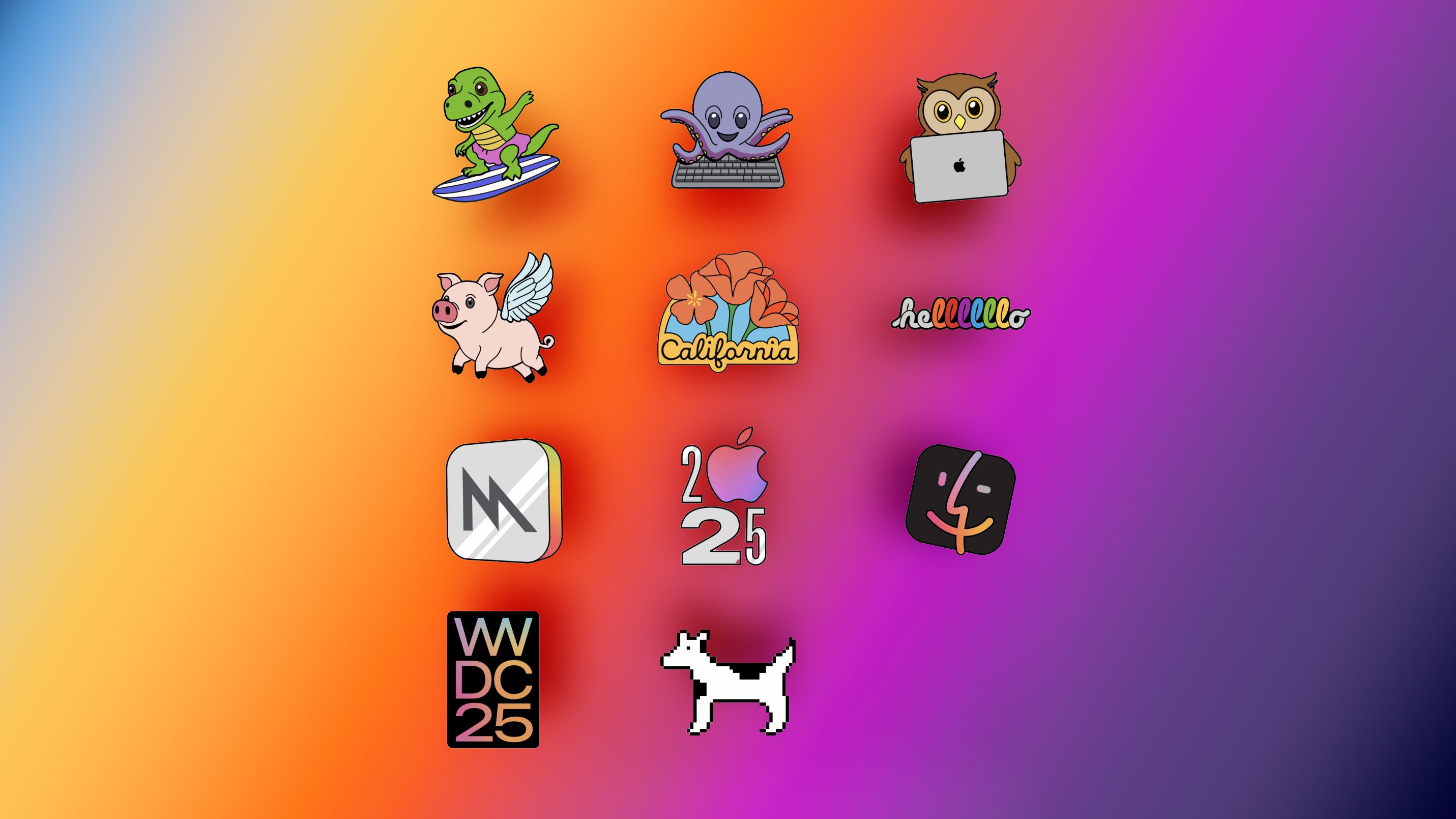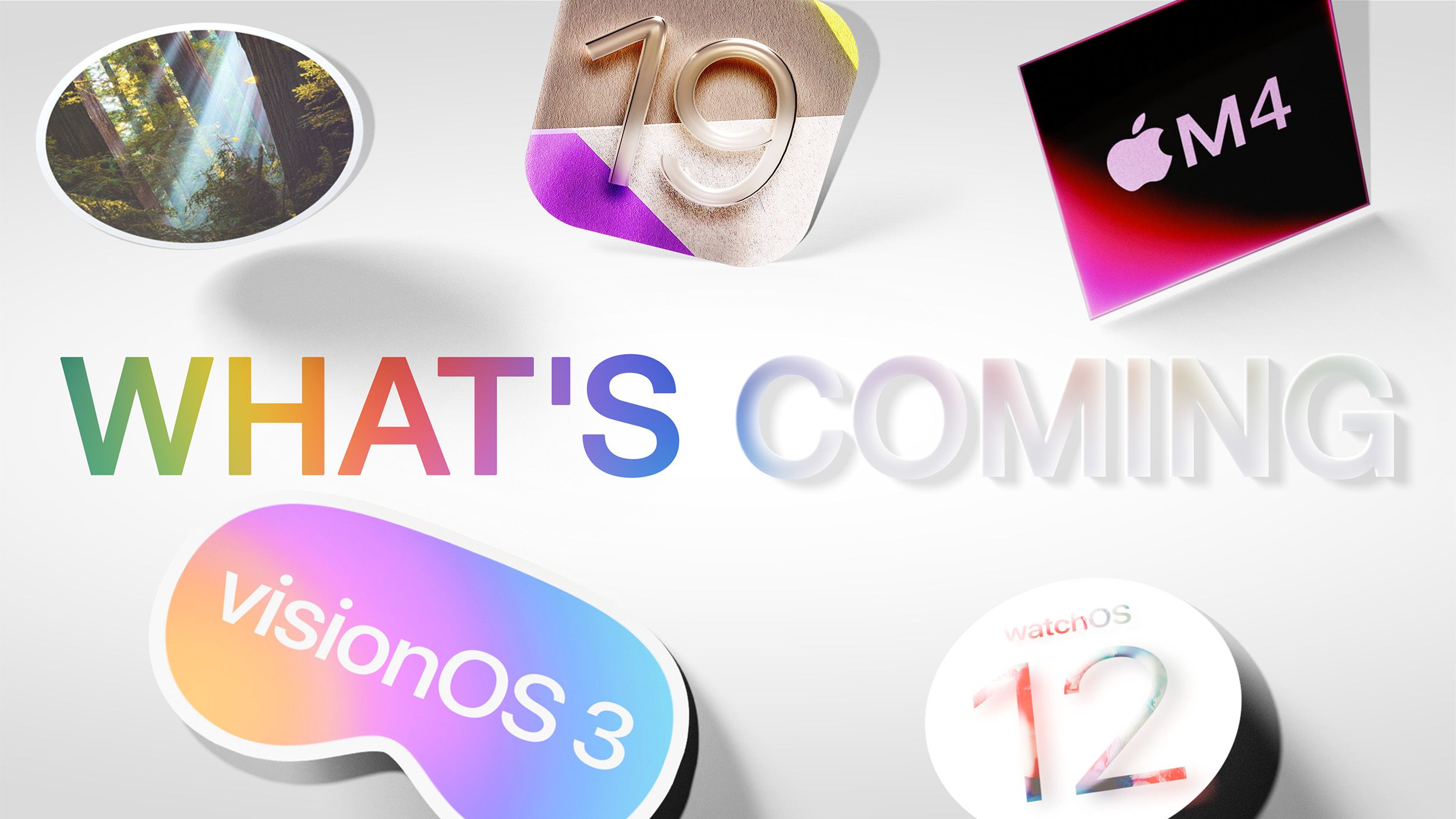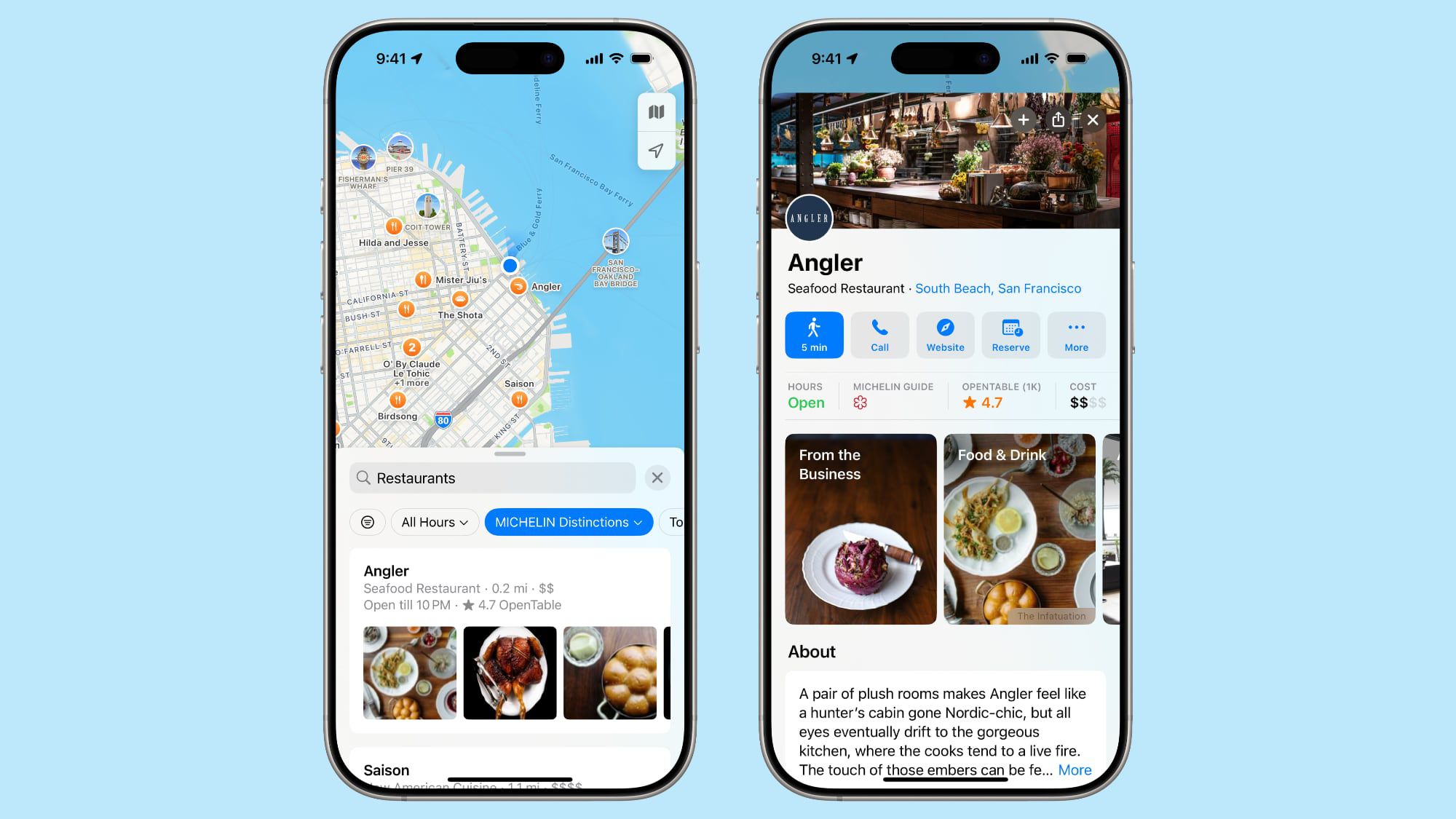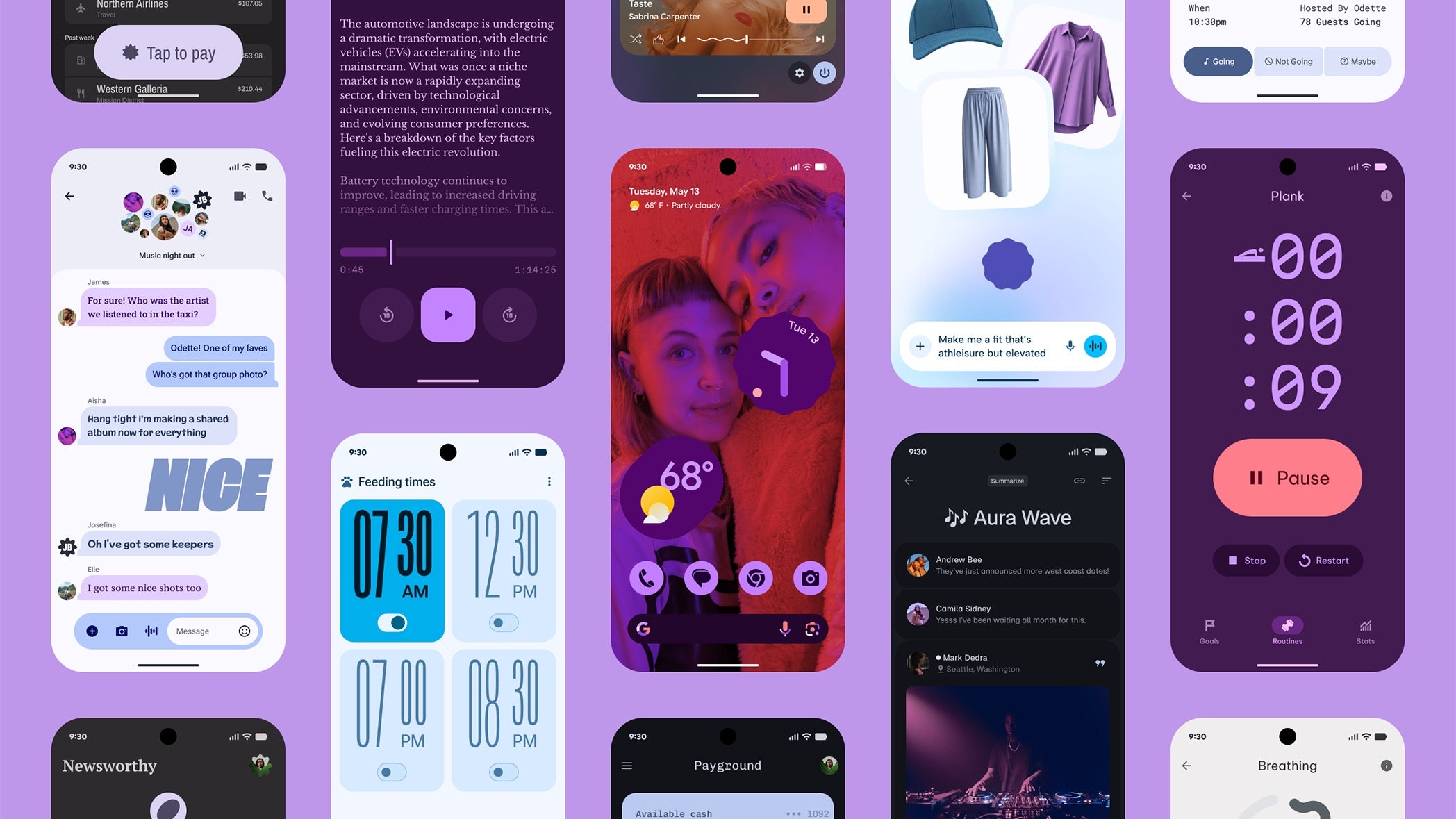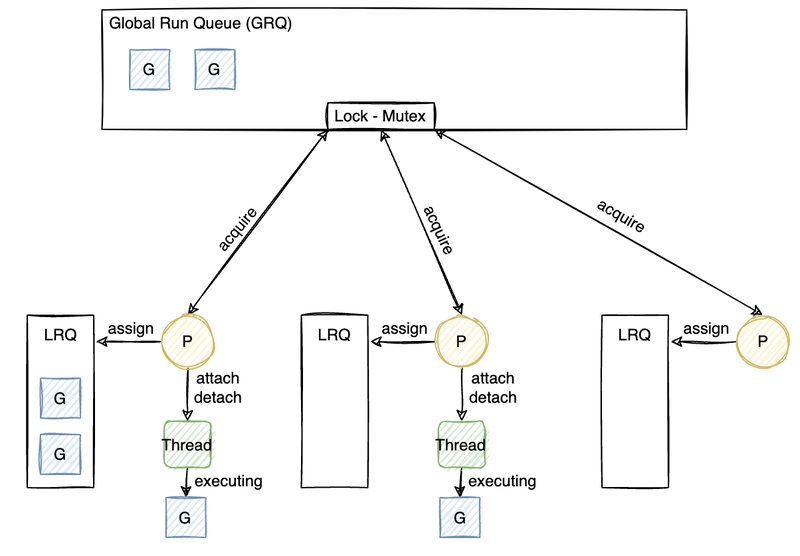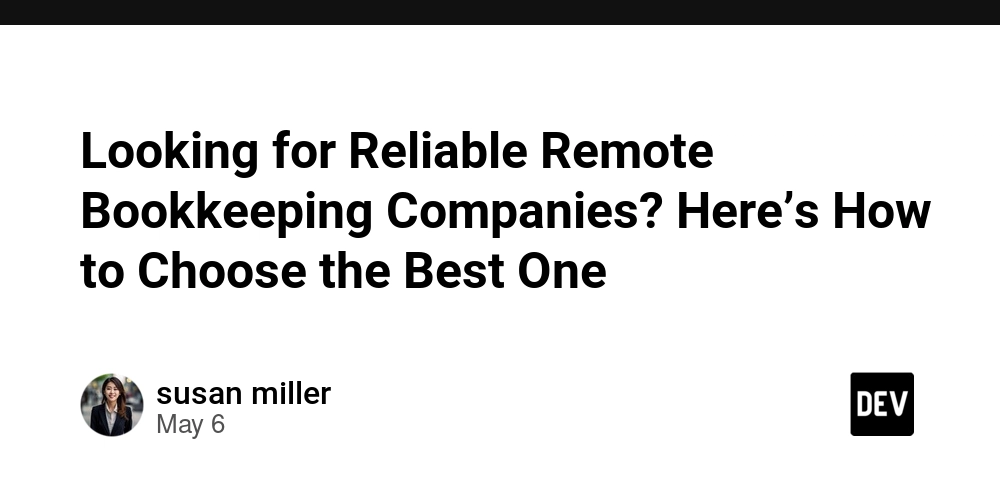Unveiling MIT No Attribution License: Deep Dive into Open Source Simplicity and Challenges
Abstract: This post offers a comprehensive exploration of the MIT No Attribution License. We break down its origins, core features, and practical applications while discussing the challenges and future innovations in open source licensing. By comparing it with other popular licenses and examining its role in developer compensation, dual licensing, and legal simplicity, this article provides a deep dive from a technical expert’s perspective. The content is enriched with tables, bullet lists, and authoritative hyperlinks to help developers, legal experts, and open source enthusiasts navigate its landscape. Introduction The MIT No Attribution License has emerged as an innovative variant of the classic MIT License. By removing the attribution requirement, this permissive open source license offers a streamlined method for reusing, modifying, and redistributing code. This blog post digs into its significance in the world of open source and fair code licenses. Not only does it simplify legal obligations for developers, but it also sparks debates regarding compensation, community recognition, and business sustainability. If you’re interested in a deep dive, check out the Original Article. Background and Context Historical Overview The MIT No Attribution License evolved from the traditional MIT License, which has long been celebrated for its simplicity and flexibility. In the modern digital era, rapid commercialization and the rise of dual licensing models have spurred developers to seek even fewer restrictions on code reuse. Key points in its history include: Origins: Modeled after the MIT License but designed to eliminate attribution requirements. Adoption: It gained traction within the developer community as a “no strings attached” approach, making collaborations smoother—especially for projects where legal friction can slow progress. Evolution: Legal experts in the open source ecosystem continue to discuss its merits in community forums like Stack Overflow Q&A and Hacker News Discussions. Ecosystem and Definitions In the open source ecosystem, permissive licenses such as the MIT No Attribution License are valued for lower barriers to integration across projects. Definitions to keep in mind include: Permissive License: Grants broad rights without demanding modifications or derivative work be open source. Fair Code License: Attempts to balance community contributions with the use of open source in commercial settings. Dual Licensing: A strategy that provides an option between open source and commercial licensing models. The MIT No Attribution License is often discussed side-by-side with other licenses like Apache 2.0, BSD 3-Clause, and copyleft licenses such as the GNU GPL. Core Concepts and Features Below is a deep exploration of the key aspects of the MIT No Attribution License. Key Features No Attribution Requirement: Developers are not forced to credit original authors in derivative works, which allows for complete code integration and fewer legal warnings. Maximum Flexibility: The license’s permissiveness not only supports a wide array of open source projects but also simplifies the combination of proprietary code with community projects. Minimal Legal Overhead: By reducing bureaucratic burdens, companies and startups can accelerate development cycles and focus on innovation. Enhanced Commercial Usage: Its simplicity aids rapid commercial adaptation and eases the integration of open source components into closed-source projects. Benefits and Trade-Offs While the license promotes flexibility and speed, it brings some trade-offs such as possible developer recognition loss and exploitation risks—often dubbed “MIT-0 exploitation.” Detailed Comparison with Other Licenses Below is a table that offers a snapshot comparison of key licensing models. This table highlights how the MIT No Attribution License fares relative to others in terms of flexibility, legal complexity, and compensation for developers. License Attribution Requirement Flexibility Developer Equity Commercial Suitability MIT No Attribution License None Extremely High Potential Risk of Exploitation Excellent Traditional MIT License Required High Some Recognition Excellent Apache 2.0 Minimal (with NOTICE) High with Patent Protection Better Developer Safeguards Excellent BSD 3-Clause Minimal Very High Similar Risks as MIT Excellent GNU GPL v3 Mandatory (copyleft) Restricted for Commercial Use Ensures Developer Protection Moderate Bullet List of Core Concepts Permissiveness: Grants near-unrestricted freedom in code reuse. Legal Simplicity: Minimal wording reduces confusion. Commercial Adaptability: Ideal for startups and SaaS environments. Risk of Exploitation: May lead to reduced community recognition. Dual Licensing Potential: Complementary projects can negotiate additional licensing t
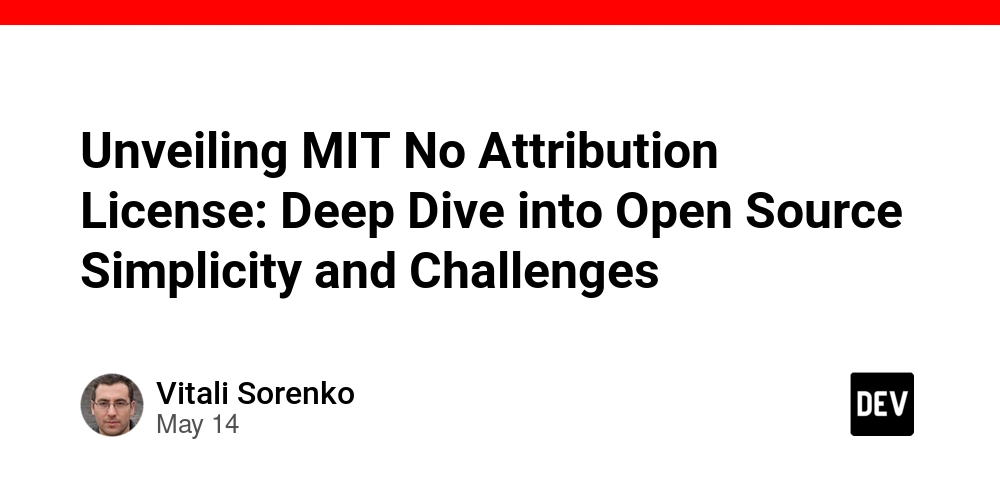
Abstract:
This post offers a comprehensive exploration of the MIT No Attribution License. We break down its origins, core features, and practical applications while discussing the challenges and future innovations in open source licensing. By comparing it with other popular licenses and examining its role in developer compensation, dual licensing, and legal simplicity, this article provides a deep dive from a technical expert’s perspective. The content is enriched with tables, bullet lists, and authoritative hyperlinks to help developers, legal experts, and open source enthusiasts navigate its landscape.
Introduction
The MIT No Attribution License has emerged as an innovative variant of the classic MIT License. By removing the attribution requirement, this permissive open source license offers a streamlined method for reusing, modifying, and redistributing code. This blog post digs into its significance in the world of open source and fair code licenses. Not only does it simplify legal obligations for developers, but it also sparks debates regarding compensation, community recognition, and business sustainability. If you’re interested in a deep dive, check out the Original Article.
Background and Context
Historical Overview
The MIT No Attribution License evolved from the traditional MIT License, which has long been celebrated for its simplicity and flexibility. In the modern digital era, rapid commercialization and the rise of dual licensing models have spurred developers to seek even fewer restrictions on code reuse.
Key points in its history include:
- Origins: Modeled after the MIT License but designed to eliminate attribution requirements.
- Adoption: It gained traction within the developer community as a “no strings attached” approach, making collaborations smoother—especially for projects where legal friction can slow progress.
- Evolution: Legal experts in the open source ecosystem continue to discuss its merits in community forums like Stack Overflow Q&A and Hacker News Discussions.
Ecosystem and Definitions
In the open source ecosystem, permissive licenses such as the MIT No Attribution License are valued for lower barriers to integration across projects. Definitions to keep in mind include:
- Permissive License: Grants broad rights without demanding modifications or derivative work be open source.
- Fair Code License: Attempts to balance community contributions with the use of open source in commercial settings.
- Dual Licensing: A strategy that provides an option between open source and commercial licensing models.
The MIT No Attribution License is often discussed side-by-side with other licenses like Apache 2.0, BSD 3-Clause, and copyleft licenses such as the GNU GPL.
Core Concepts and Features
Below is a deep exploration of the key aspects of the MIT No Attribution License.
Key Features
- No Attribution Requirement: Developers are not forced to credit original authors in derivative works, which allows for complete code integration and fewer legal warnings.
- Maximum Flexibility: The license’s permissiveness not only supports a wide array of open source projects but also simplifies the combination of proprietary code with community projects.
- Minimal Legal Overhead: By reducing bureaucratic burdens, companies and startups can accelerate development cycles and focus on innovation.
- Enhanced Commercial Usage: Its simplicity aids rapid commercial adaptation and eases the integration of open source components into closed-source projects.
Benefits and Trade-Offs
While the license promotes flexibility and speed, it brings some trade-offs such as possible developer recognition loss and exploitation risks—often dubbed “MIT-0 exploitation.”
Detailed Comparison with Other Licenses
Below is a table that offers a snapshot comparison of key licensing models. This table highlights how the MIT No Attribution License fares relative to others in terms of flexibility, legal complexity, and compensation for developers.
| License | Attribution Requirement | Flexibility | Developer Equity | Commercial Suitability |
|---|---|---|---|---|
| MIT No Attribution License | None | Extremely High | Potential Risk of Exploitation | Excellent |
| Traditional MIT License | Required | High | Some Recognition | Excellent |
| Apache 2.0 | Minimal (with NOTICE) | High with Patent Protection | Better Developer Safeguards | Excellent |
| BSD 3-Clause | Minimal | Very High | Similar Risks as MIT | Excellent |
| GNU GPL v3 | Mandatory (copyleft) | Restricted for Commercial Use | Ensures Developer Protection | Moderate |
Bullet List of Core Concepts
- Permissiveness: Grants near-unrestricted freedom in code reuse.
- Legal Simplicity: Minimal wording reduces confusion.
- Commercial Adaptability: Ideal for startups and SaaS environments.
- Risk of Exploitation: May lead to reduced community recognition.
- Dual Licensing Potential: Complementary projects can negotiate additional licensing terms.
By covering these core concepts and features, the MIT No Attribution License positions itself as a pivotal tool in the realm of open source licensing.
Applications and Use Cases
The simplicity and flexibility of the MIT No Attribution License have led to its adoption in multiple fields. Here are practical examples that illustrate its usage:
Example 1: Web Frameworks and Libraries
Modern web development frameworks often strive for rapid iteration and wide community adoption. Projects hosted on repositories such as GitHub License Usage showcase frameworks that use the MIT No Attribution License to avoid the legal overhead typically associated with traditional attribution requirements. This fosters quicker commercial implementations and less friction in collaborative environments.
Example 2: SaaS and Mobile Applications
Companies in the SaaS industry rely on open source modules for rapid prototyping. The absence of attribution requirements reduces compliance risks when integrating third-party components. Consequently, startups find the license extremely attractive due to its flexibility and reduced risk of licensing conflicts. Such environments benefit from streamlined codebases, leading to faster development cycles.
Example 3: Dual Licensing Explorations
Some projects use the MIT No Attribution License as a base for exploring dual licensing models. By initially adopting a permissive approach, projects can later negotiate additional commercial licenses for enhanced revenue. This strategy allows the same codebase to retain community credibility while also unlocking alternative income streams—an area further explored in comparisons with innovative models like the OCTL.
Challenges and Limitations
While the MIT No Attribution License is lauded for its minimalism, developers must also be aware of its potential pitfalls.
Legal and Community Challenges
- Attribution Loss: The most frequently mentioned challenge is that developers may not receive due recognition.
- Exploitation Risk: Commercial entities might benefit from community contributions without offering fair compensation—a recurring concern on sites like Hacker News Discussions.
- Compatibility: Integrating code released under the MIT No Attribution License with more restrictive licenses (e.g., GNU GPL) may lead to legal ambiguity.
Technical and Adoption Hurdles
- Merging Diverse Licensing Models: Projects adopting different licensing models can face challenges when merging code.
- Sustainability: Without adequate community governance, projects risk code fragmentation and reduced collaboration over time.
Developers are advised to couple this license with robust contribution guidelines, such as Contributor License Agreements (CLAs), to mitigate these risks.
Future Outlook and Innovations
Looking ahead, several trends indicate potential innovations surrounding the MIT No Attribution License and open source licensing as a whole:
Enhanced Developer Compensation Models
- Blockchain Integration: Future licensing models may incorporate blockchain-based compensation, similar to frameworks like the OCTL. This could offer transparent, real-time rewards for contributions.
- Tokenized Incentives: The concept of tokenizing developer recognition could help balance the scales when using permissive licenses.
Dual Licensing and Hybrid Models
- Flexible Licensing Strategies: We anticipate more projects adopting a dual licensing approach, where a permissive base license is paired with a more structured commercial license. This could help bridge the gap between rapid innovation and fair compensation.
- Legal Innovations: Continuous updates in intellectual property law and evolving digital rights management standards might stimulate revisions to the MIT No Attribution License in the future, addressing some of its current limitations.
Community Governance and Funding Platforms
- Decentralized Governance: With the rise of platforms like GitHub Sponsors and decentralized funding models discussed in Dev.to articles such as Open Source Sponsorship and Funding Innovation, we may see greater adoption of community-driven governance models.
- Open Source Funding Initiatives: Enhanced funding mechanisms for open source projects can provide a safety net, reducing the risk of “MIT-0 exploitation” while maintaining the freedom offered by the license.
Innovations in these areas promise to redefine how legal frameworks and compensation models interact within open source licensing.
Summary
In summary, the MIT No Attribution License represents a significant evolution in open source licensing. Its commitment to minimal legal overhead and maximum flexibility appeals strongly to modern development environments. Key takeaways include:
- Simplicity and Flexibility: Its permissive nature allows for rapid innovation and seamless commercial adoption.
- Legal Trade-offs: The removal of attribution requirements can lead to challenges in developer recognition and an increased risk of exploitation.
- Diverse Use Cases: Web frameworks, SaaS applications, and dual licensing models benefit greatly from its adoption.
- Future Trends: Innovations in blockchain integration, tokenized compensation, and decentralized governance offer promising avenues for enhancing the license’s effectiveness.
As the open source ecosystem continues to evolve, the MIT No Attribution License—and its inherent trade-offs—will remain a focal point of discussion among developers, legal experts, and industry leaders. For further details and ongoing discussions about open source licensing trends, be sure to visit OSI Licenses and explore related topics on GitHub License Usage.
Additional Resources
For a more in-depth understanding, consider exploring the following resources:
- MIT License on OSI Licenses
- License Token Webpage
- Hacker News Discussions on Licensing
- Stack Overflow Q&A on Open Source Licensing
- Dev.to Open Source Developer Revenue Streams
By considering these resources, developers can navigate the nuances between different licensing models while optimizing their projects for both innovation and fair compensation.
This article has provided a holistic look at the MIT No Attribution License along with its background, core concepts, applications, challenges, and future innovations. Whether you are a developer, legal advisor, or an open source enthusiast, understanding these aspects will help you make informed decisions in today’s dynamic software landscape.




































































































































































![[The AI Show Episode 147]: OpenAI Abandons For-Profit Plan, AI College Cheating Epidemic, Apple Says AI Will Replace Search Engines & HubSpot’s AI-First Scorecard](https://www.marketingaiinstitute.com/hubfs/ep%20147%20cover.png)










































































































































































.jpg?#)





















![Legends Reborn tier list of best heroes for each class [May 2025]](https://media.pocketgamer.com/artwork/na-33360-1656320479/pg-magnum-quest-fi-1.jpeg?#)
































































_Gang_Liu_Alamy.jpg?width=1280&auto=webp&quality=80&disable=upscale#)










































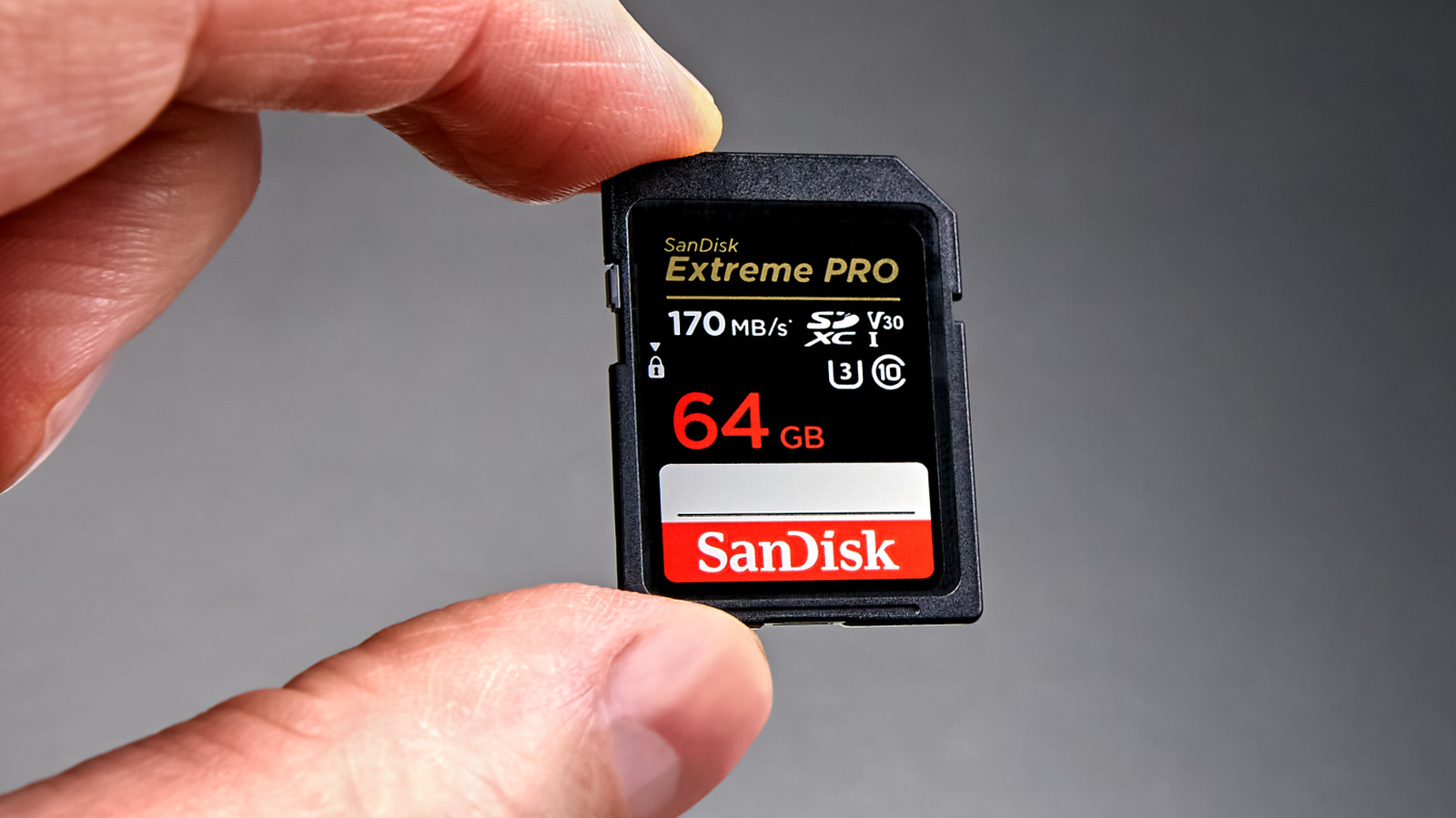
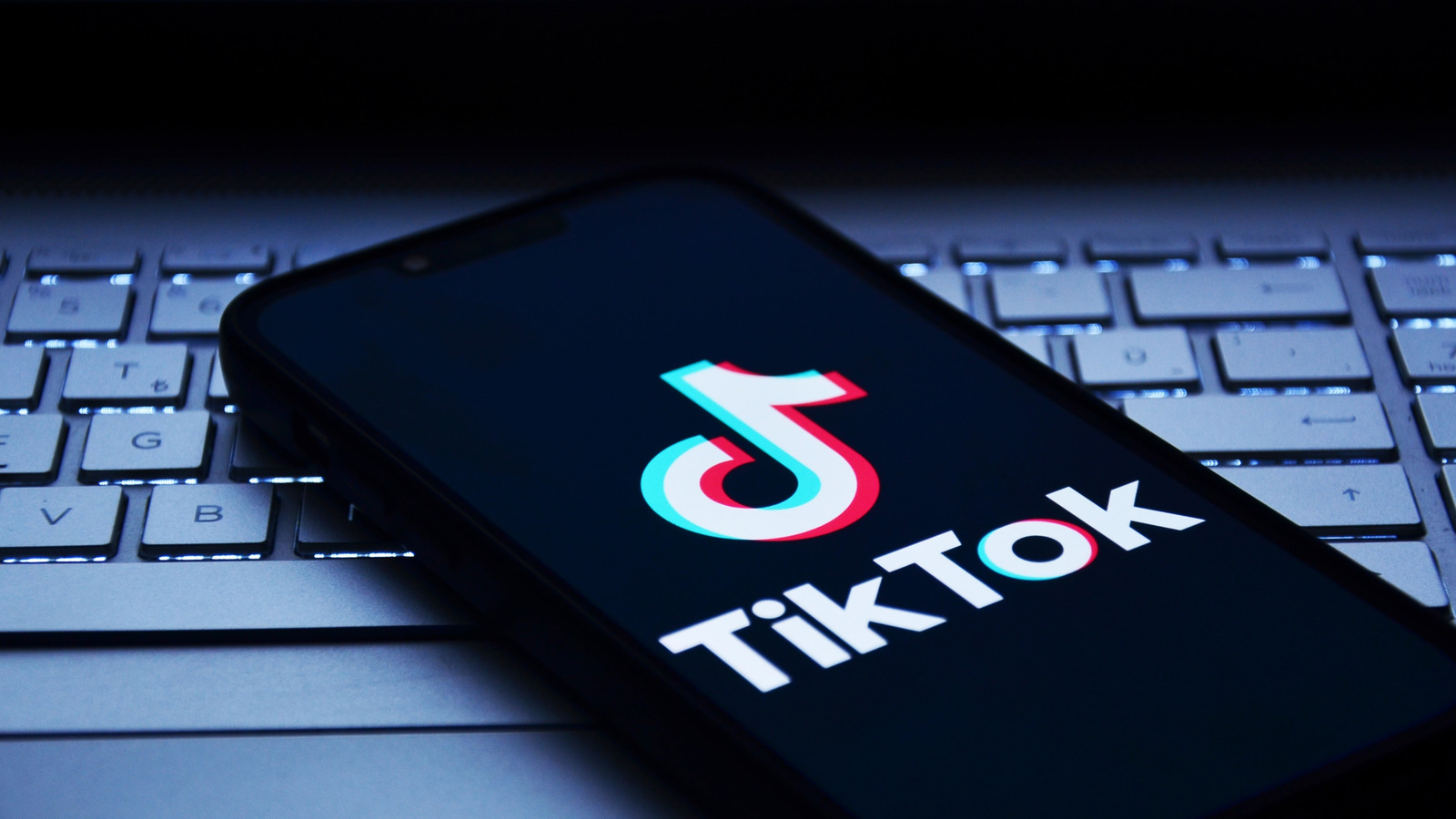


































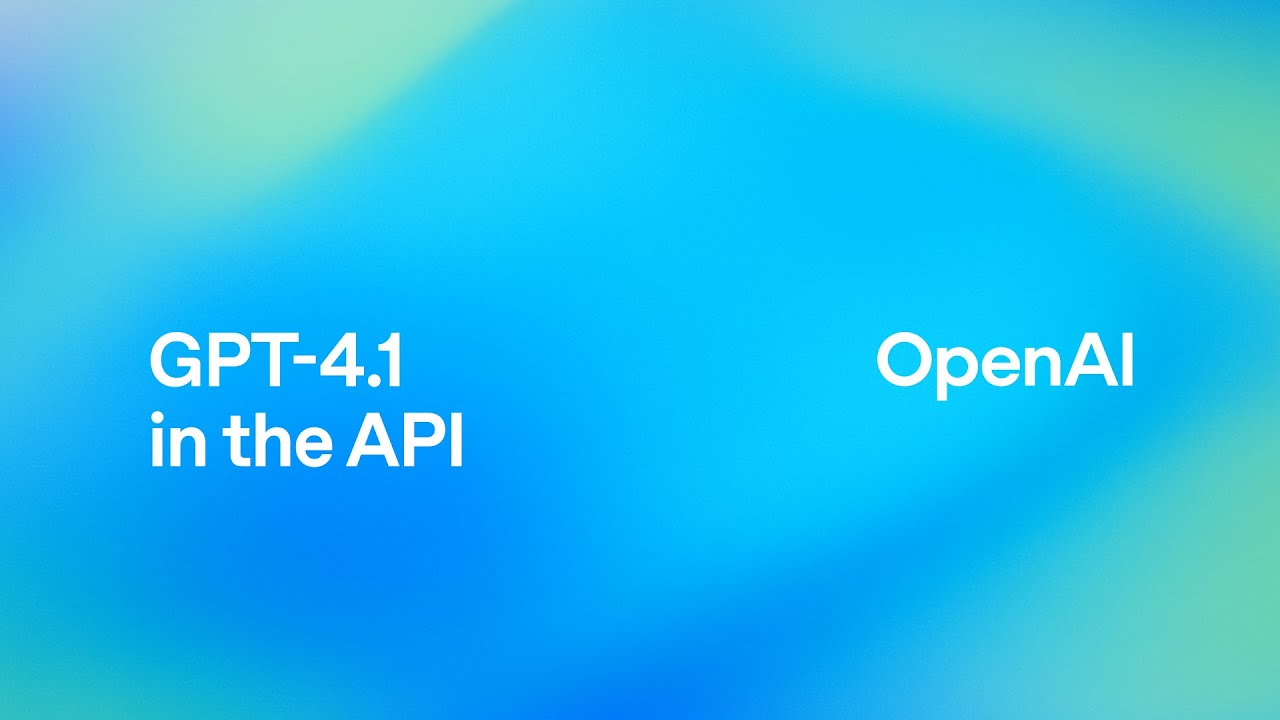






-xl.jpg)

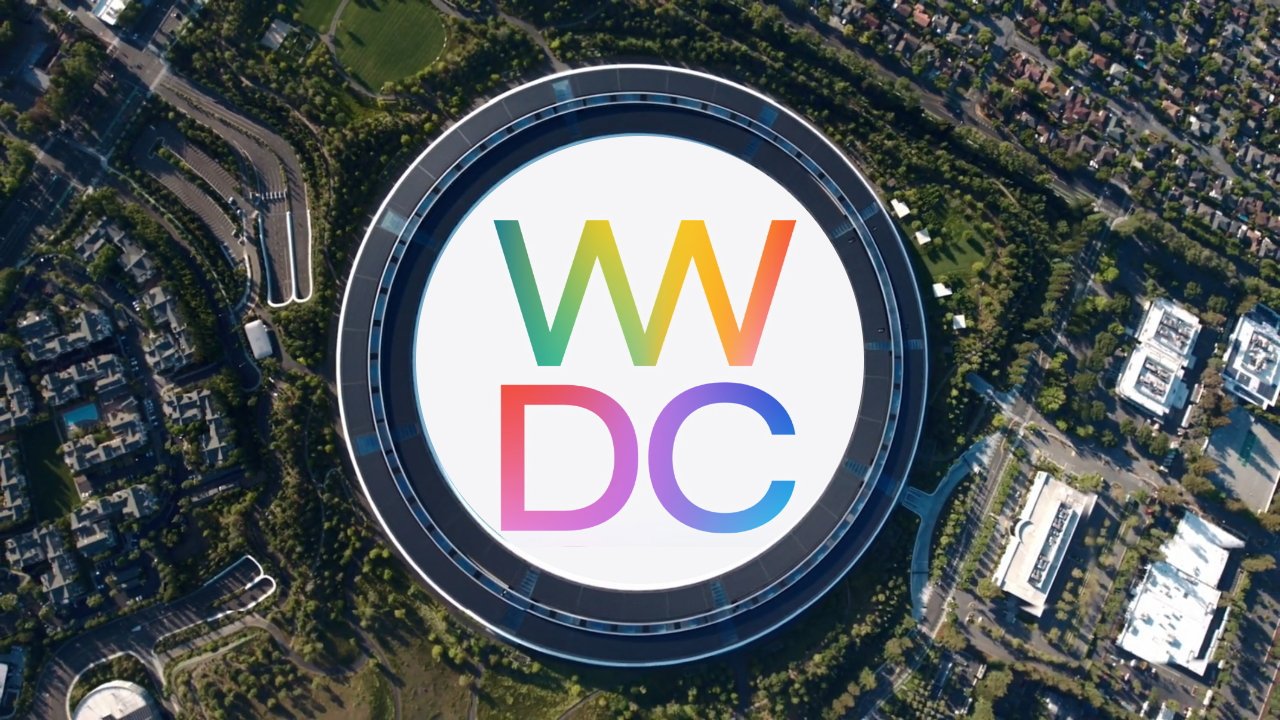



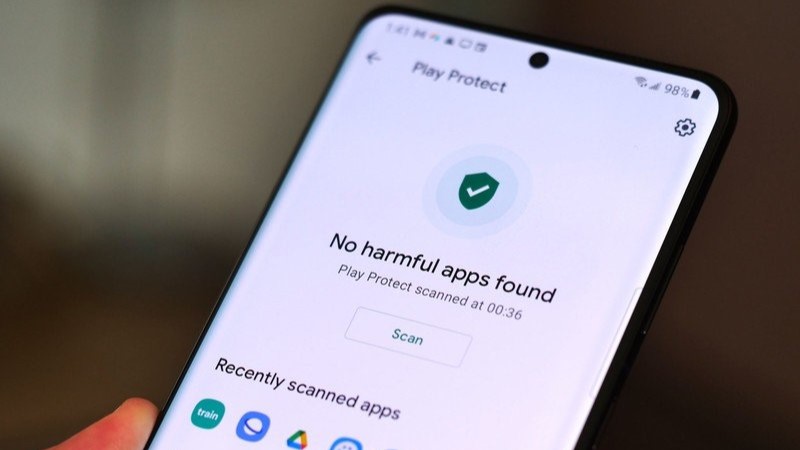






















![Vision Pro May Soon Let You Scroll With Your Eyes [Report]](https://www.iclarified.com/images/news/97324/97324/97324-640.jpg)
![Apple's 20th Anniversary iPhone May Feature Bezel-Free Display, AI Memory, Silicon Anode Battery [Report]](https://www.iclarified.com/images/news/97323/97323/97323-640.jpg)

![Apple Planning Bezel-Free iPhone With 'Four-Sided Bending' Display [Report]](https://www.iclarified.com/images/news/97321/97321/97321-640.jpg)







































